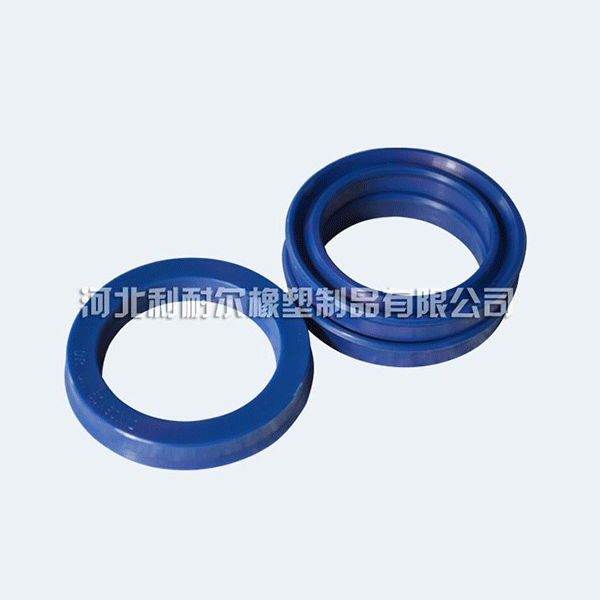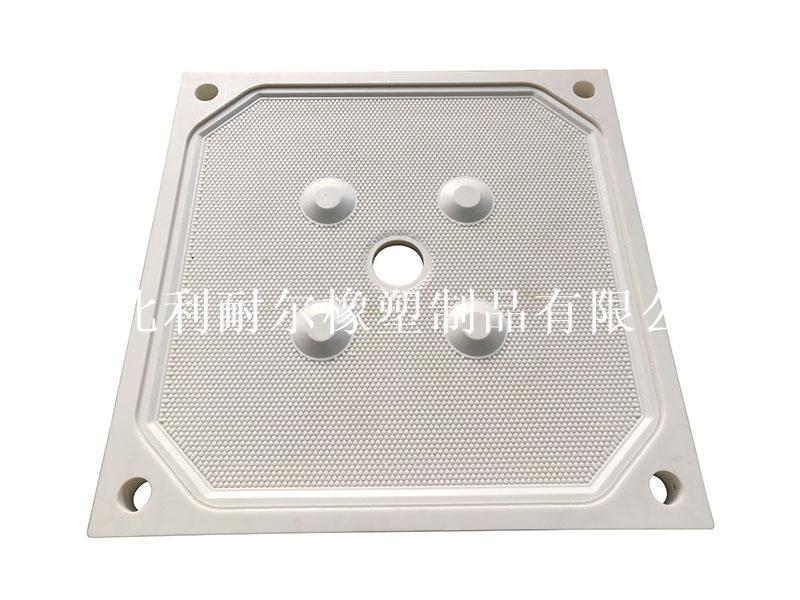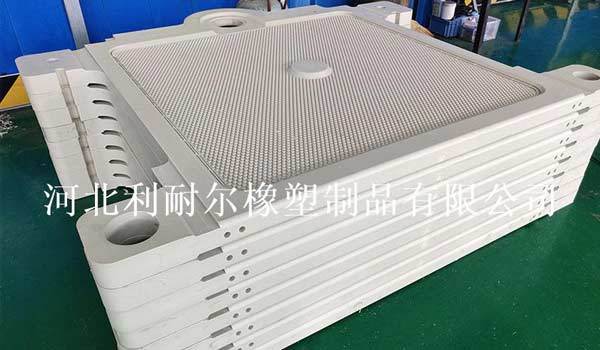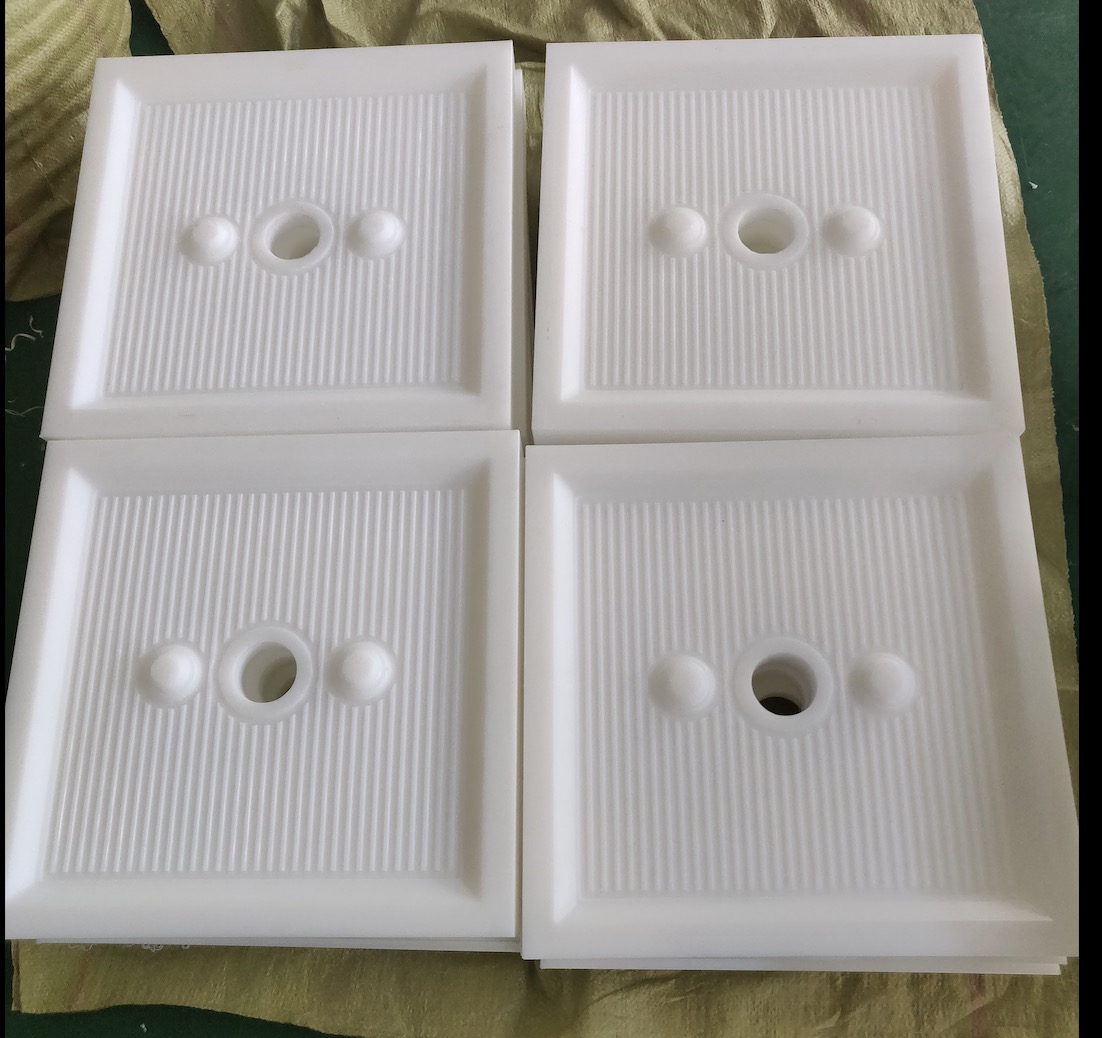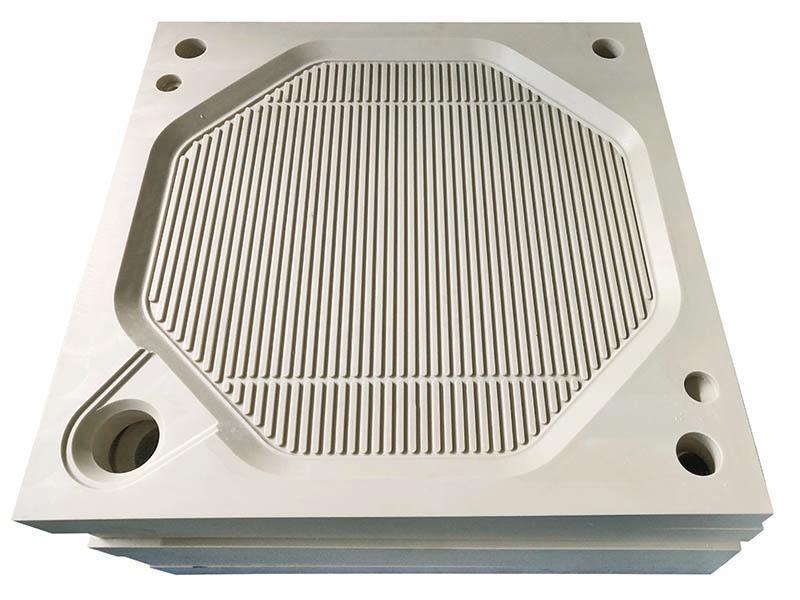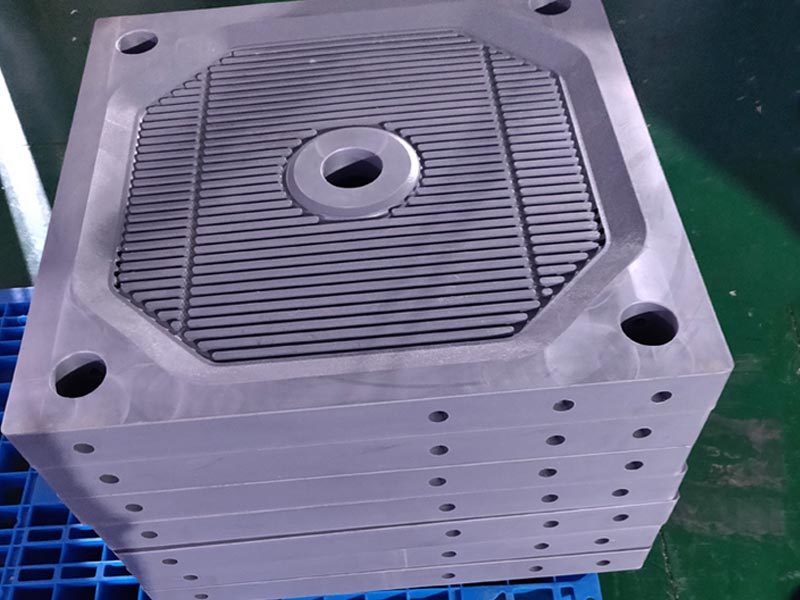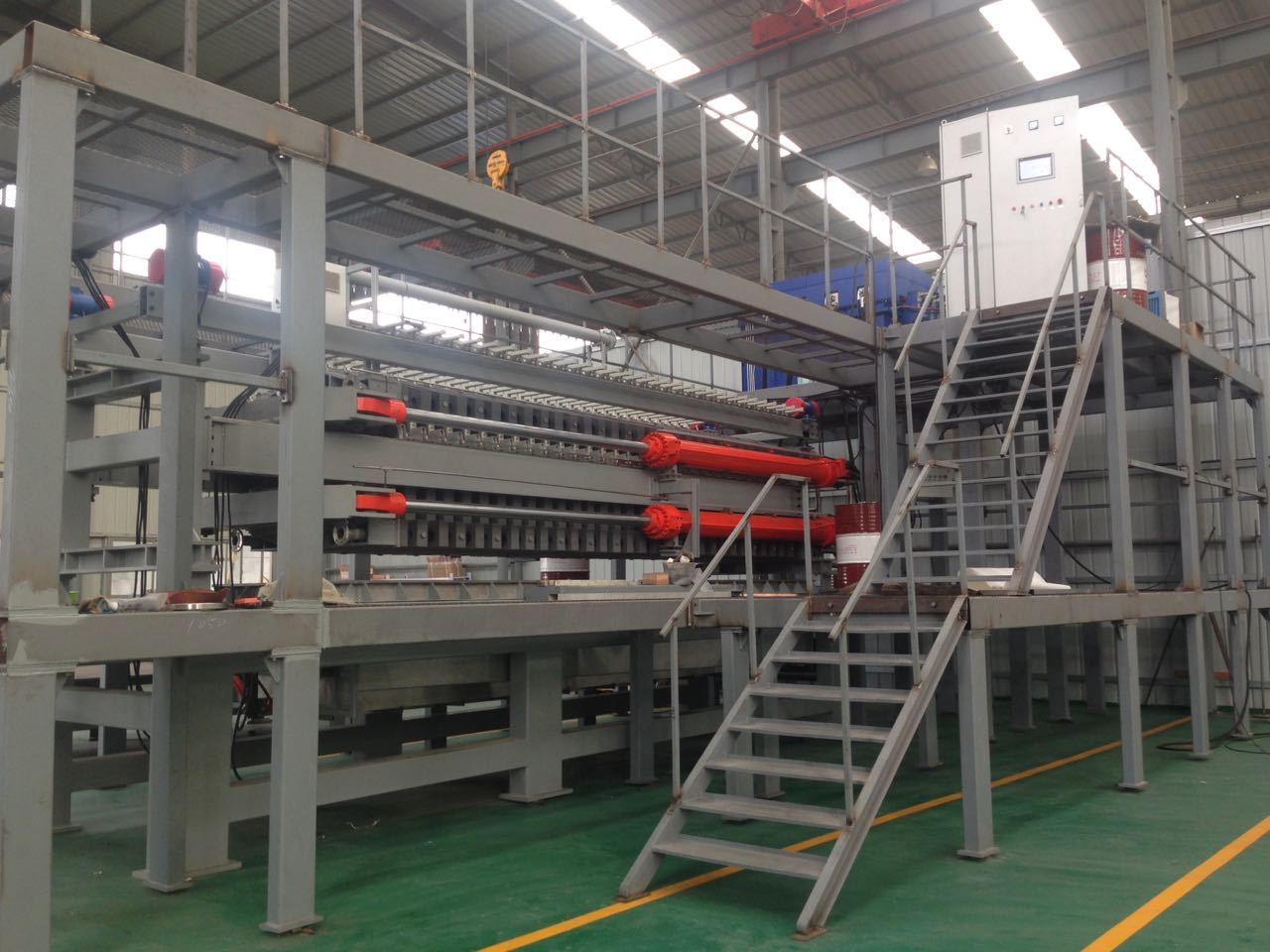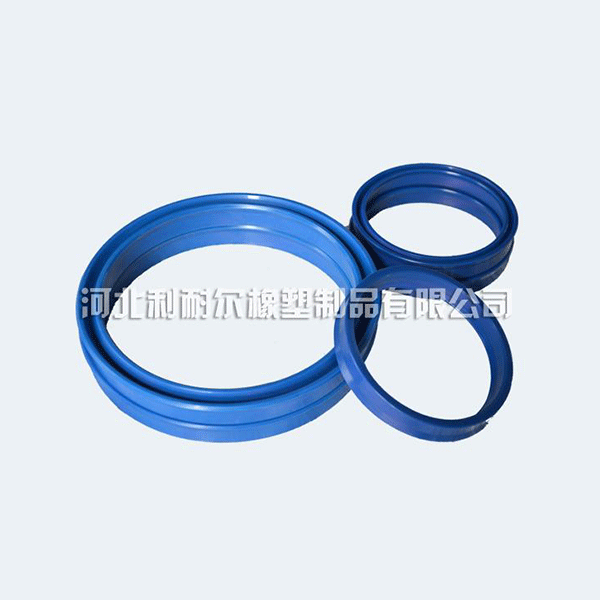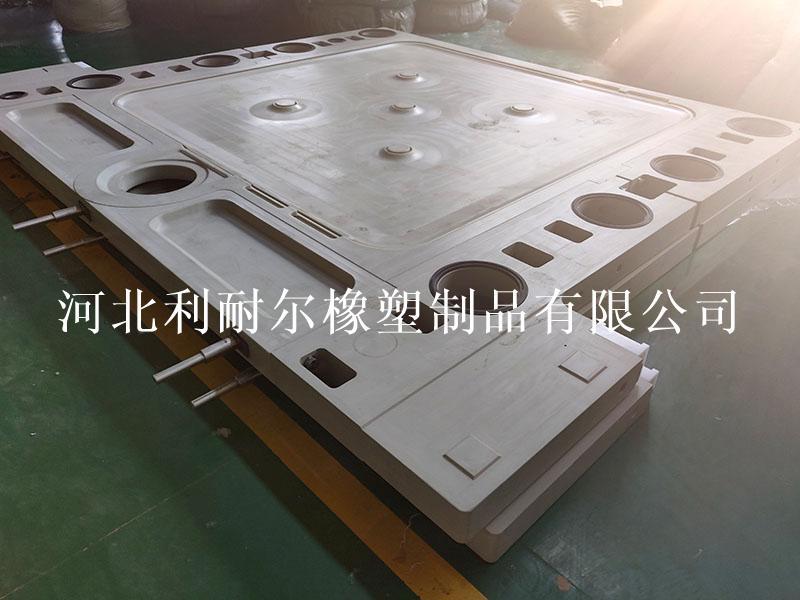A Comprehensive Exploration of Materials Utilized in 630 Filter Plates
Release time:
2025-04-08
A Comprehensive Exploration of Materials Utilized in 630 Filter Plates Table of Contents 1. Introduction to 630 Filter Plates 2. Importance of Materials in Filtration 3. Common Materials Used in 630 Filter Plates 3.1 Polypropylene 3.2 Polyethylene 3.3 Stainless Steel 3.4 Ceramic 3.5 Composite Materials 4. Key Properties of Filter Plate Materials
A Comprehensive Exploration of Materials Utilized in 630 Filter Plates
Table of Contents
- 1. Introduction to 630 Filter Plates
- 2. Importance of Materials in Filtration
- 3. Common Materials Used in 630 Filter Plates
- 4. Key Properties of Filter Plate Materials
- 5. Applications of 630 Filter Plates
- 6. Maintenance and Longevity of Filter Plates
- 7. Future Trends in Filter Plate Materials
- 8. Frequently Asked Questions
- 9. Conclusion
1. Introduction to 630 Filter Plates
In the realm of industrial filtration, **630 filter plates** play an indispensable role in enhancing efficiency and ensuring the purity of end products. These plates serve as robust barriers, allowing desired substances to pass through while capturing unwanted particles. Understanding the **materials used in 630 filter plates** is crucial for designing systems that meet rigorous industry standards.
2. Importance of Materials in Filtration
The choice of materials directly influences the functionality, durability, and cost-effectiveness of filter plates. Selecting the right material can optimize filtration performance while minimizing maintenance needs. Each material has unique characteristics that make it suitable for specific applications.
3. Common Materials Used in 630 Filter Plates
Various materials are employed in the manufacture of 630 filter plates, each contributing distinct advantages. Below, we delve into the most common materials utilized.
3.1 Polypropylene
**Polypropylene** is frequently chosen for its lightweight and chemical resistance properties. Ideal for handling liquids that may be corrosive, polypropylene filter plates are commonly used in water treatment and food processing applications. Their durability ensures a long lifespan, making them a cost-effective option.
3.2 Polyethylene
Similar to polypropylene, **polyethylene** offers excellent chemical resistance. It is particularly effective in applications requiring filtration of acidic and alkaline substances. Polyethylene filter plates are also known for their flexibility and high tensile strength, which further enhances their usability in various environments.
3.3 Stainless Steel
For operations that demand robust and high-temperature resistance, **stainless steel** is the go-to material. Its strength and durability make it suitable for heavy-duty industrial applications. Stainless steel filter plates are designed to withstand extreme conditions while maintaining structural integrity, making them ideal for oil and gas filtration processes.
3.4 Ceramic
**Ceramic** filter plates are celebrated for their exceptional filtration characteristics. They provide high mechanical strength and are resistant to thermal shock, making them suitable for applications involving high temperatures. The porous nature of ceramics allows for fine filtration, capturing even the smallest particles.
3.5 Composite Materials
**Composite materials** combine the benefits of various substances, offering enhanced performance. These materials can be engineered to meet specific requirements, such as increased strength or improved chemical resistance. Composite filter plates are increasingly popular in industries where custom solutions are necessary.
4. Key Properties of Filter Plate Materials
The effectiveness of 630 filter plates hinges on several key properties, including:
- **Chemical Resistance**: The ability of materials to withstand harsh chemicals without degrading is crucial, especially in industries like pharmaceuticals and food processing.
- **Mechanical Strength**: High tensile strength ensures that filter plates can endure pressure fluctuations without failing.
- **Thermal Stability**: Materials that can maintain performance under extreme temperatures are essential in applications such as oil filtration.
- **Porosity**: The porosity dictates the filtration efficiency, allowing for the capture of specific particle sizes while permitting desired substances to flow through.
5. Applications of 630 Filter Plates
630 filter plates find extensive applications across various industries:
- **Water Treatment**: Used to purify drinking water and treat wastewater, ensuring that harmful contaminants are effectively removed.
- **Food and Beverage**: Essential in processes such as juice clarification and oil filtration to produce clear, clean products.
- **Pharmaceuticals**: Critical for maintaining product purity, especially in the production of medicines and vaccines.
- **Chemical Processing**: Used to separate solids from liquids in chemical manufacturing, ensuring efficient processes and product quality.
6. Maintenance and Longevity of Filter Plates
Ensuring the longevity of 630 filter plates requires regular maintenance practices. Cleaning protocols, such as backwashing and chemical cleaning, depend on the material used and the specific application. Regular inspections for wear and tear help to prevent costly failures and ensure optimal performance.
7. Future Trends in Filter Plate Materials
As industries evolve, so do the materials used in filter plates. Emerging trends include the development of biodegradable materials to meet sustainability goals, advancements in composite materials for enhanced performance, and smart filtration technologies that monitor system efficiency in real time.
8. Frequently Asked Questions
What is the primary function of 630 filter plates?
The primary function is to separate solids from liquids, ensuring the purity of the fluid being processed.
How do I choose the right material for my filter plates?
Consider factors such as the type of fluid being filtered, temperature and pressure conditions, and any chemical interactions that may occur.
Can filter plates be reused?
Yes, many filter plates can be cleaned and reused, but this depends on the material and the extent of wear.
What maintenance is required for 630 filter plates?
Regular cleaning, inspections for wear, and adherence to manufacturer guidelines are essential for maintaining filter efficiency.
Are there any innovations in filter plate technology?
Yes, innovations include the use of smart technologies for monitoring and the development of sustainable materials.
9. Conclusion
In summary, understanding the materials used in 630 filter plates is pivotal for optimizing filtration systems across various industries. By selecting the appropriate materials based on specific application requirements, industries can enhance efficiency, reduce costs, and achieve sustainable practices. As technology progresses, staying informed about material advancements will be crucial for maintaining competitive advantages in industrial filtration.
Related News




















